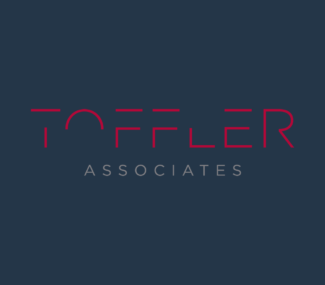5 Signs Your Org Needs Futures & Foresight

Future-focused strategic planning minimizes risks and creates opportunities
Over the past two decades businesses and organizations have reduced their planning horizons to just a few years as the pace of change accelerates and uncertainty increases. However, reducing planning horizons doesn’t protect against near-term disruptions or help organizations prepare for the long-term. So what does that mean for your strategic planning techniques moving forward?
For one thing, organizations are finding that starting in the future and working back to today rather extrapolating from the past can expand their view of the future. A future-focused strategic planning approach takes into account many viable potential futures, allowing business to plan for a variety of circumstances and outcomes.
In our guide, we discuss the many benefits of futures and foresight when it comes to strategic planning, as well as five key signs that this planning model could be right for your organization. Download the full guide now.


 About the Authors
About the Authors